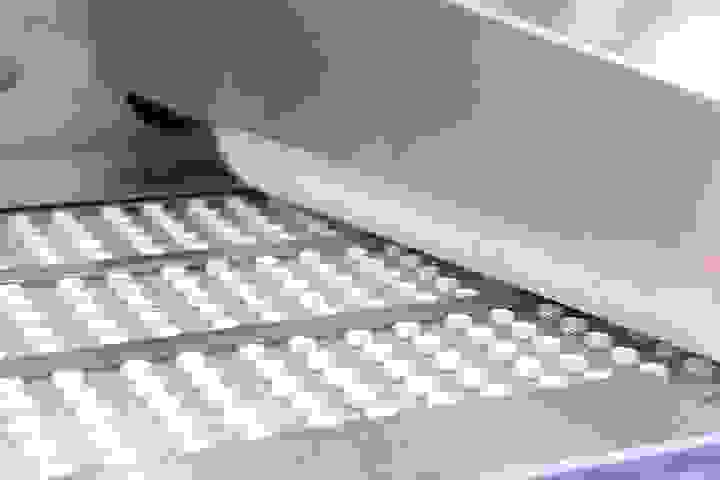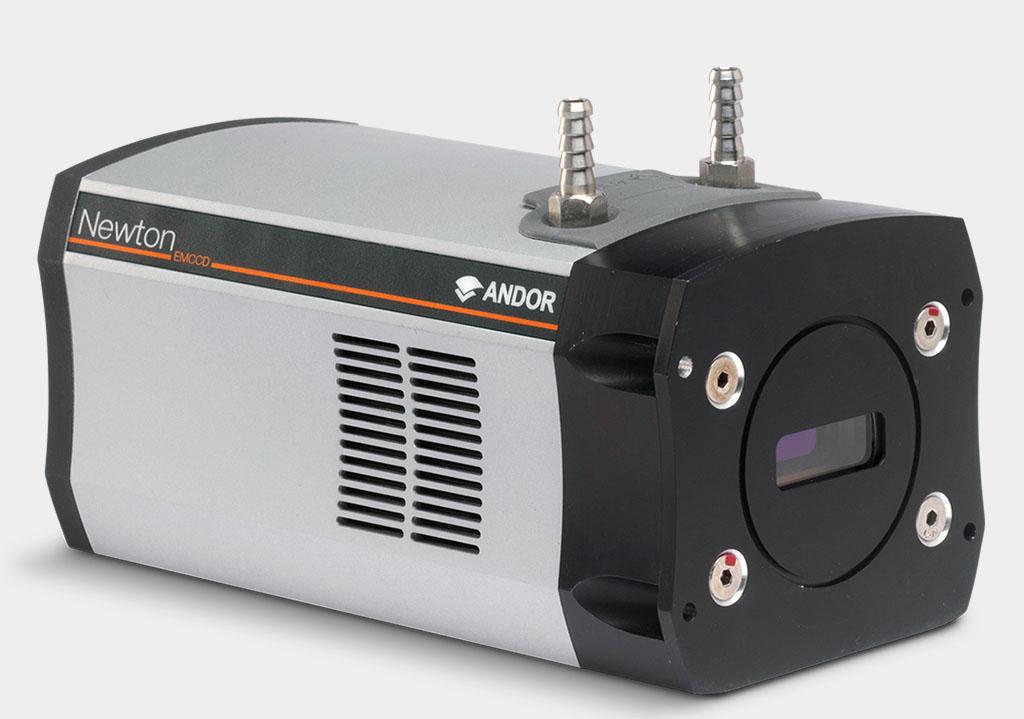Process Control, QA/QC

Raman spectroscopy can be deployed in industrial environments to provide non-invasive, rapid feedback on efficiency of processes e.g. on-line monitoring of petrochemicals or manufactured/synthesized products quality e.g. tablets in the pharmaceutical industry (mapping of active components distribution), wafer quality control in the semiconductor industry (identification of defects/stress).
It provides for example highly specific information on the chemical make-up of a variety of samples in different environment. In the NIR Raman can be used to probe chemical species through opaque (and potentially fluorescent) materials using Surface Offset Raman Spectroscopy (SORS).
It can also be used to provide spatially-resolved feedback on defects, impurities or stress in wafers that can subsequently impact the performance of semiconductor device.
Andor high sensitivity NIR detectors and spectrographs provide tools for high accuracy, high throughput measurements of liquid, gas or materials chemical properties for maximum productivity in various industries. If you are an OEM please click here.
Contact our application specialists
 Part of the Oxford Instruments Group
Part of the Oxford Instruments Group

